Clinical Remediation Plan Processes in CSD
The University of Hawaiʻi at Mānoa (UHM) Department of Communication Sciences and Disorders (CSD) offers a two-year clinical …

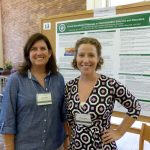
The University of Hawaiʻi at Mānoa (UHM) Department of Communication Sciences and Disorders (CSD) offers a two-year clinical …

The Communication Department’s mission is to meet the challenges and opportunities of communication in the emerging technological, multicultural, …

The Ocean and Resources Engineering (ORE) Department at the University of Hawaiʻi at Mānoa (UHM) is a small, …
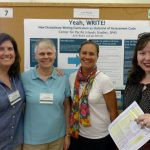
Pacific Island Studies at the University of Hawaiʻi at Mānoa has 6 teaching faculty and 20 majors enrolled …
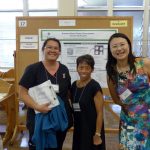
This poster features the development and use of a rubric for program assessment. The Nursing PhD program at …
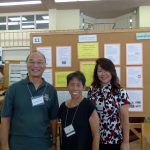
The Elementary Education Program (EEP) has about 30 instructional faculty and field supervisors who serve about 200 elementary …

The Department of Nursing is conducting a needs assessment to answer the following questions: 1) How are assessments …
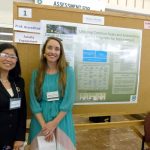
The College of Education (COE) at the University of Hawaiʻi at Mānoa was facing a challenge of developing …
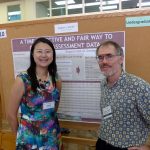
Assessment efforts at the University of Hawaiʻi at Mānoa strive to help departments meet learning objectives the departments …
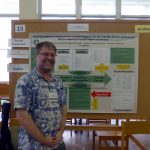
It is often hard to gauge the performance of a graduate student in a timely manner, or provide …
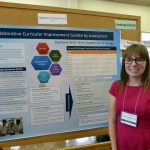
The Department of Biology at the University of Hawaiʻi at Mānoa began collaborative program assessment in the fall …
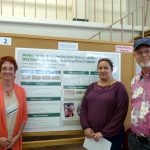
The Come Back to Mānoa program, established in Summer 2014 by the University of Hawaiʻi at Mānoa and …

Poster will outline new learning objectives for the Geography department as a result of a faculty discussion of …
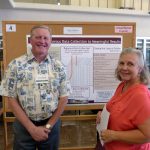
Our accrediting body, the AACSB, when considering our assessment program, has praised our data collection and has provided …
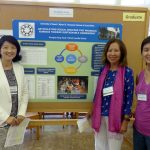
The Myron B. Thompson School of Social Work (SW) PhD program at the University of Hawaiʻi at Mānoa …
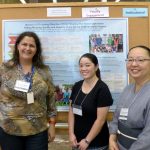
The purpose of this poster is to describe for faculty, staff and students what the ILOs are, why …

The Intercollege Nutrition PhD Program has seven student learning objectives (SLO). One SLO is to foster grant writing …

Animation is one of the three degree tracks in ACM Department. It has 2 full-time faculty positions and …